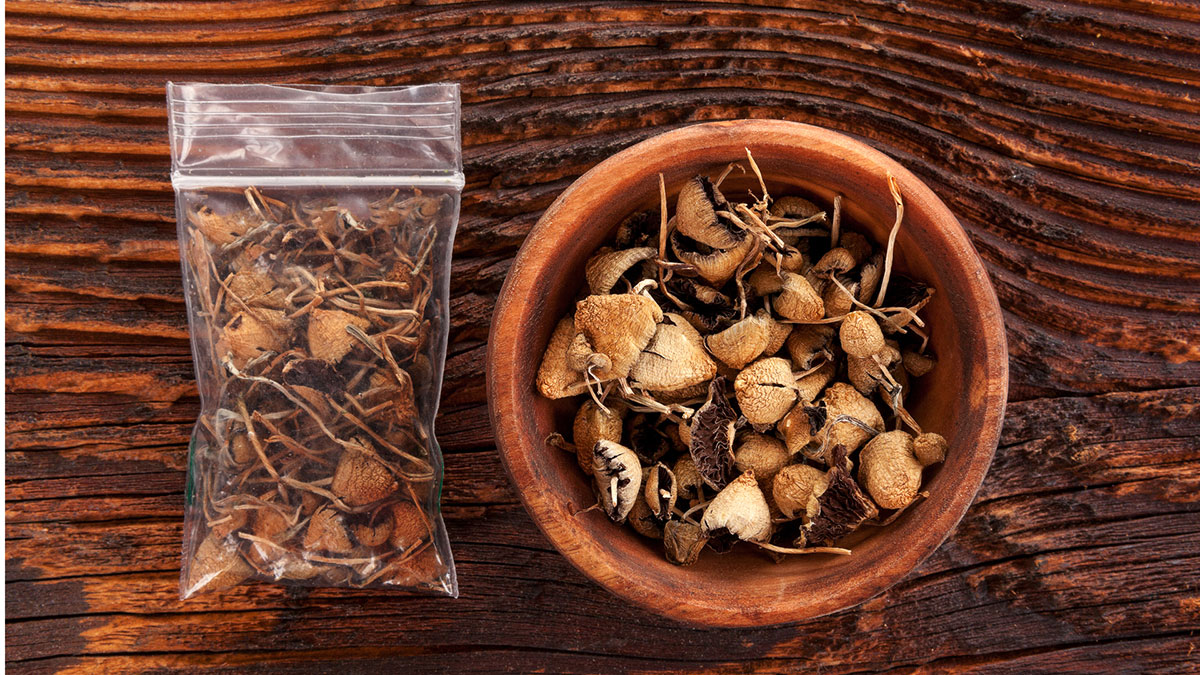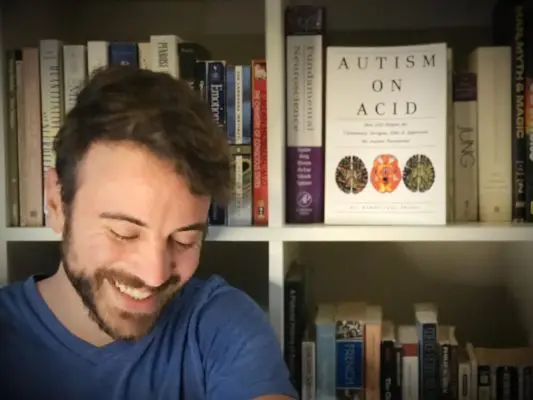Medical Editor: Dr. Lynn Marie Morski, MD, Esq
Migraine headaches are chronic and debilitating. The most basic functions of life may be put on hold, sometimes costing sufferers the experiences that cultivate joy, careers, and opportunities to succeed personally.
There are conventional medicines and treatments for migraines, of course. But in treatment-resistant cases where they have failed to be sufficiently effective, researchers are aware of the need for new types of treatment.
Psychedelic therapy for migraines is one of several options. Read on for more information about migraines and to learn about the potential effects psychedelic therapy might have in terms of addressing symptoms.
What are migraines?
Migraines do cause head pain, but they are different from the common headache.
In addition to severe pain, migraines can cause stomach upset, nausea, dizziness, or disorientation, render ordinary levels of light or sound intolerable, disrupt vision, as well as a number of other difficult symptoms.
What causes migraine headaches?
Migraine headaches are likely a product of genetics, though there are external triggers that influence the frequency and likelihood of onset.
Lifestyle choices like diet, sleep habits, exercise, and management of mood and anxiety can all play a part in how often migraines occur and how severe they are.
Sometimes, there is an underlying medical condition like sleep apnea or an issue with tension in the jaw joint that can trigger the onset of a migraine. Changes in pressure fronts related to weather and shifting hormone levels might also be to blame in some cases.
What are the phases of migraines?
Migraines typically operate on a timeline, meaning there are phases to the attack defined by certain symptoms.
Pre-migraine symptoms
The duration of the pre-migraine (prodrome) phase ranges from a few hours to several days. One might be irritable, have trouble sleeping, feel more sensitive to stimuli such as light and sound, have depression or nausea, or even experience muscle stiffness and problems with concentration.
Aura phase
Not everyone who suffers from migraines experiences the aura phase, and it does not occur with every attack for those who do. Symptoms typically involve the loss or distortion of vision, including blind spots and flashes of light.
Headache phase
Lasting anywhere from a few hours to 3 days, the headache phase is characterized by pain on one side of the head or both. This pain can feel anywhere from moderate to severe and intolerable. It can be accompanied by anxiety, light and sound sensitivity, nausea, and inability to sleep.
Postdrome phase
Many people experience a postdrome phase after a migraine headache, with symptoms such as fatigue, trouble with concentration, and body ache.
Is there a cure for migraines?
While there is no cure for migraines, the symptoms can be treated.
Chronic migraine treatment options tend to focus on prevention by way of lifestyle changes, behavioral therapies, trigger avoidance, and even certain devices that claim to help.
Migraine therapy might include over-the-counter (OTC) and prescription pain medications, but these do not prevent headaches.
Preventative treatments such as botox injections or certain medications like beta-blockers are also available.
Psychedelic therapy for migraines
Studies are currently underway to discover more about how psilocybin (magic mushrooms) and LSD might be effective in the treatment of migraine headaches.
Like several others on the subject, one study suggested that psychoactive substances show great promise in providing relief for those suffering from migraines and cluster headaches. There is evidence that just a single treatment of psilocybin could have lasting positive results with a low occurrence of negative side effects observed in the controlled study population.
Effects of microdosing psychedelics for migraines
Microdosing (taking very small amounts of psychoactive substances on an infrequent but consistent basis) has seemed to help many suffering from migraine and cluster headaches to live more functional, joyful, and productive lives with fewer incidents of attack.
An initial study found that participants (both clinical and non-clinical) reported a more positive mood and decreased depression, increased energy, feeling creative, and being more effective at work when given a microdose of either LSD or psilocybin every 3 days over a period of 18 months.
Among the general results reported is the relief of migraine symptoms, though the extent or nature of alleviation is not specifically known. Additional research is needed to understand the suggested benefits and risk factors of psychedelic treatment for migraines.
Academic Sources
Psychoactive substances as a last resort—a qualitative study of self-treatment of migraine and cluster headaches. Martin Andersson, Mari Persson, and Anette Kjellgren. Harm Reduction Journal, V. 14 10.1186/s12954-017-0186-6
Exploratory Controlled Study of the Migraine-Suppressing Effects of Psilocybin. Schindler, E.A.D., Sewell, R.A., Gottschalk, C.H. The Journal of the American Society for Experimental Neurotherapeutics 10.1007/s13311-020-00962-y
Microdosing psychedelics: Motivations, subjective effects and harm reduction. Toby Lea, Nicole Amada, Henrik Jungaberle, Henrike Schecke, Michael Klein. International Journal of Drug Policy, V. 75 10.1016/j.drugpo.2019.11.008
Microdosing psychedelics: More questions than answers? An overview and suggestions for future research. Kim PC Kuypers, Livia Ng, David Erritzoe, Gitte M Knudsen, Charles D Nichols, David E Nichols, Luca Pani, Anaïs Soula, and David Nutt.
J Psychopharmacol, V. 33 10.1177/0269881119857204
Motives and Side-Effects of Microdosing With Psychedelics Among Users. Nadia R P W Hutten, Natasha L Mason, Patrick C Dolder, and Kim P C Kuypers. Int J Neuropsychopharmacology V. 22 10.1093/ijnp/pyz029
The abuse potential of medical psilocybin according to the 8 factors of the Controlled Substances Act. Matthew W. Johnson, Roland R. Griffiths, Peter S. Hendricks, Jack E. Henningfield. Neuropharmacology V. 142 10.1016/j.neuropharm.2018.05.012









